In recent years, Quang Tri province has been focusing on investing in expanding the area of planting medicinal plants with potential to create high-value products, contributing to the transformation of the agricultural economic structure towards sustainability. The development of medicinal plant areas not only takes advantage of natural strengths but also opens up new directions for people in old mountainous districts to improve their income and improve their lives.
To date, the province has recorded 3,555 hectares of medicinal plants planted or growing naturally, distributed widely throughout the area, most concentrated in the (old) districts of Huong Hoa, Dakrong, Cam Lo, Gio Linh and Vinh Linh. This is considered a valuable resource, playing an important role in the local economic development strategy.
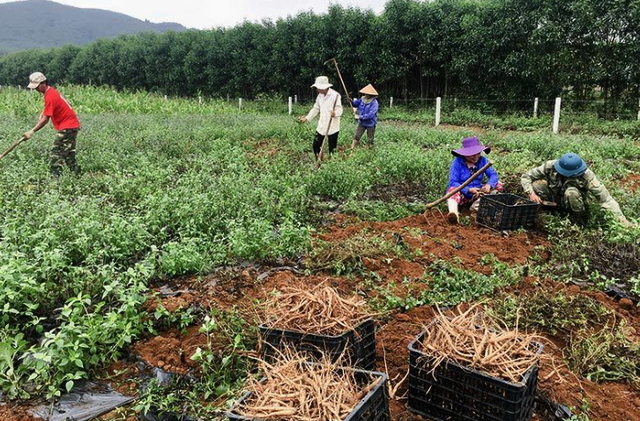
People harvest Bo Chinh ginseng in Quang Tri . Photo: Photo: VTH.
Implementing the Project to encourage the development of medicinal plants associated with the OCOP Program for the period 2022 - 2026, with a vision to 2030, the Department of Agriculture and Rural Development has coordinated with departments and localities to deploy a series of support policies from seeds, materials, techniques to production infrastructure.
Quang Tri province has identified 14 medicinal plant species with potential for strong development, including: cajuput of all kinds, turmeric, vằng tea, an xoa, thất diệp nhất chi hoa, giảo cổ lam, sâm cau, lemongrass, vine of gymnema, sâm bộ chính, cà gai leo, khôi tía, dang sam and cinnamon.
To promote development, the province has integrated resources from national target programs, Resolution 162/NQ-HDND, OCOP program, ODA capital and many mountainous support projects. Thanks to that, people and businesses have received significant support in irrigation systems, agricultural materials, farming techniques and infrastructure.
As a result, the province has so far planted 326 hectares of concentrated medicinal plants, reaching 163% of the plan. The main plants including Solanum procumbens, Che Vang, An Xoa, Cajuputi, Cajuputi, Turmeric, Galangal, Lemongrass, etc. have brought about remarkable results, becoming the main livelihood of many households.
Developing medicinal herbs under forest canopy – a sustainable direction
One of the highlights of Quang Tri is the model of growing medicinal herbs under the canopy of natural forests and planted forests, both effectively utilizing forestry land and protecting the ecological environment. This model is being implemented in many localities and has brought high efficiency.
The medicinal plant nursery system is gradually taking shape. Currently, the province has 2 nurseries and more than 90 small and medium-sized processing and manufacturing facilities. Thanks to that, people have a stable source of seeds and can proactively expand the planting area in a concentrated and sustainable manner.
Up to now, Quang Tri has also developed more than 511 OCOP products from medicinal herbs, including 1 product meeting 5-star standards, 17 products meeting 4-star standards and 33 products meeting 3-star standards. This is evidence of the strong transformation of the local medicinal herbs industry.

Quang Tri province promotes the development of medicinal value chains and improves product quality.
Ba Long - a bright spot from Bo Chinh ginseng growing model
Among the pioneering localities, Ba Long commune (new) - after merging from two old communes Trieu Nguyen and Ba Long of Dakrong district - is a bright spot.
The Bo Chinh ginseng growing model in Xuan Lam village with a scale of 2 hectares is considered typical. People participating in the cooperative are guided on techniques from land preparation, care to harvesting and preservation. Thanks to strict adherence to the process, ginseng yield reaches about 2 tons/ha, a stable output level for this medicinal herb.
The good news is that the products are purchased locally at prices ranging from 150,000 to 200,000 VND/kg. The cooperative has also signed a contract with the enterprise to ensure output and keep prices stable. The income of households participating in the model has therefore increased significantly.
The commune government has also proactively reviewed land funds, identified suitable growing areas, provided technical support and market connections. The conversion of crop structure towards prioritizing medicinal herbs is considered a key solution to increase income for households in the new period.
Besides Bo Chinh ginseng, lemongrass has also quickly asserted its potential in Trieu Nguyen and Ba Long. Technical staff assessed that lemongrass is very suitable for the soil and climate of the mountainous region, easy to grow, and has low risks.
Yields reach 15–17 tons/ha; each ton of distilled raw materials produces about 4 liters of essential oil. With an average selling price of 800,000 VND/liter, each hectare can bring in 48–54 million VND/year – a significant income for people in the mountains.
From this advantage, Ba Long commune is encouraging businesses, organizations and individuals to link production, forming raw material areas for processing medicinal herbs. When the chain is built sustainably, people will have stable output, increased income, and at the same time contribute to poverty reduction and improving the living environment.
The expansion of acreage and the development of diverse medicinal plant growing models have been creating a strong driving force for the mountainous economy of Quang Tri. The synchronous participation of the government, businesses and people is helping the medicinal plant industry become one of the most potential fields of the province.
In the future, Quang Tri hopes to build large-scale concentrated medicinal herb areas, associated with deep processing and export, making medicinal herb products become key brands, bringing sustainable economic and social value to the locality.
Source: https://suckhoedoisong.vn/khoi-sac-kinh-te-vung-cao-nho-cay-duoc-lieu-gia-tri-169251117163627391.htm














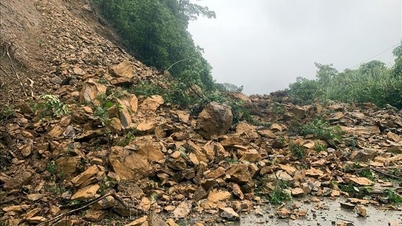

















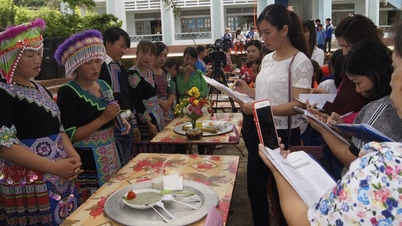




![[Photo] General Secretary To Lam and National Assembly Chairman Tran Thanh Man attend the 80th Anniversary of the Traditional Day of the Vietnamese Inspection Sector](https://vphoto.vietnam.vn/thumb/1200x675/vietnam/resource/IMAGE/2025/11/17/1763356362984_a2-bnd-7940-3561-jpg.webp)




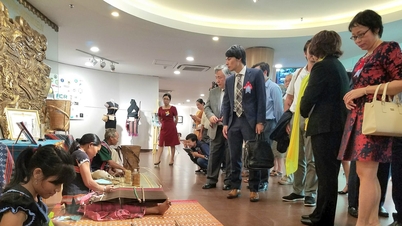










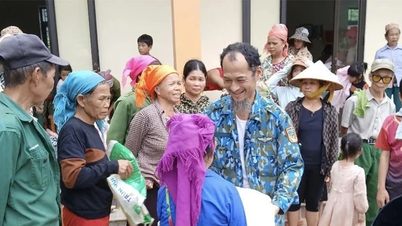












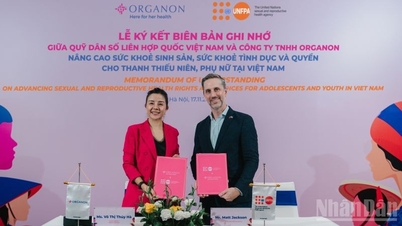






















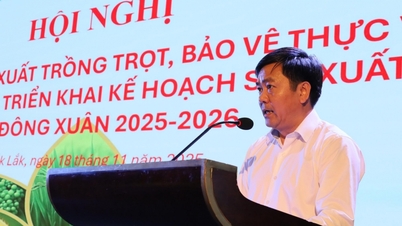














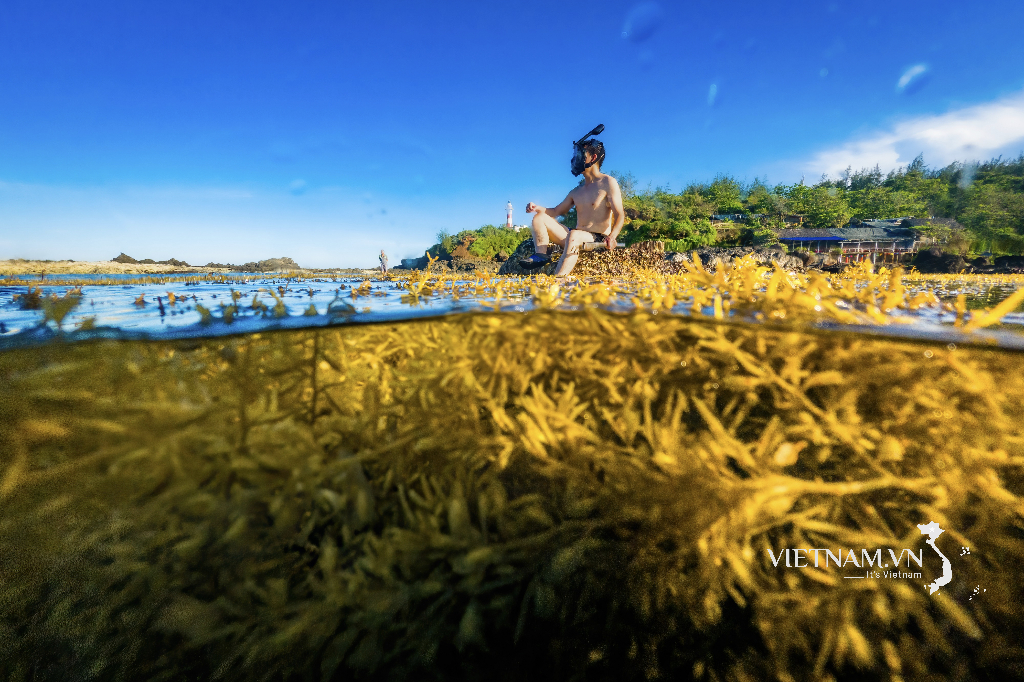
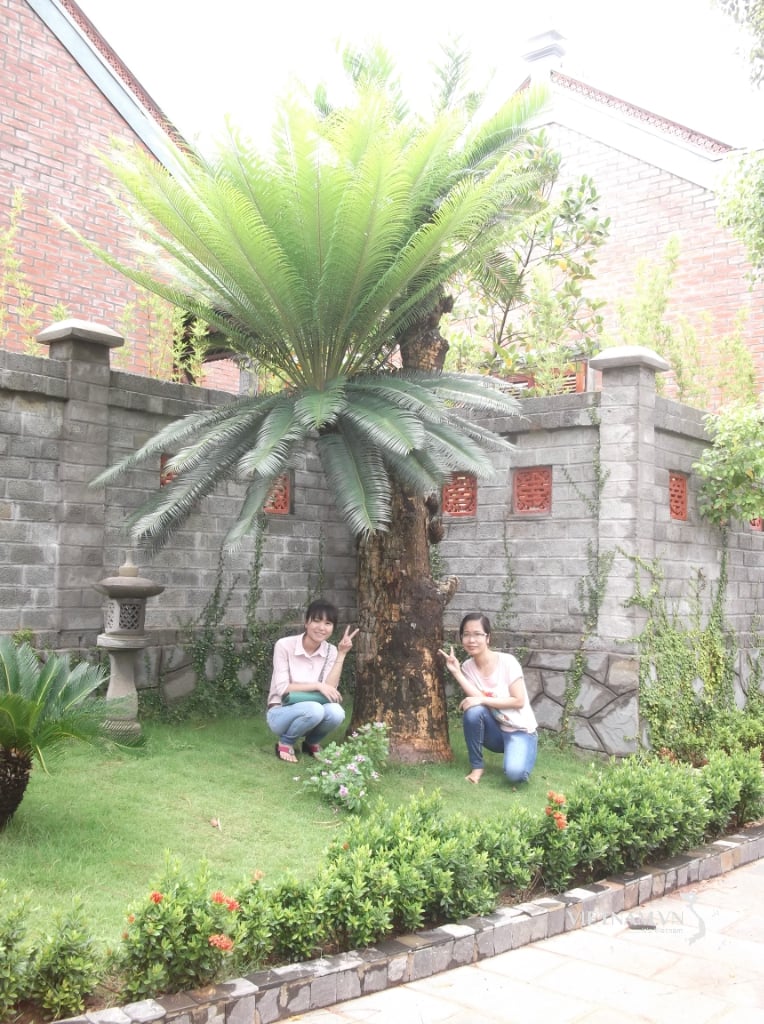

Comment (0)